Ready to start your journey into the magical world of herbal medicine? Did you know that over 80% of people worldwide rely on herbal remedies for some part of their primary healthcare? I’m so excited to share these beginner-friendly healing plants that you can easily grow in your garden or windowsill!
Whether you’re looking to create your own natural medicine cabinet or simply want to add some wellness-boosting herbs to your daily routine, these 10 healing herbs are perfect for getting started. Let’s dive into nature’s pharmacy! 🌱
1. Growing and Using Lavender: A Beginner’s Guide to Nature’s Calming Herb
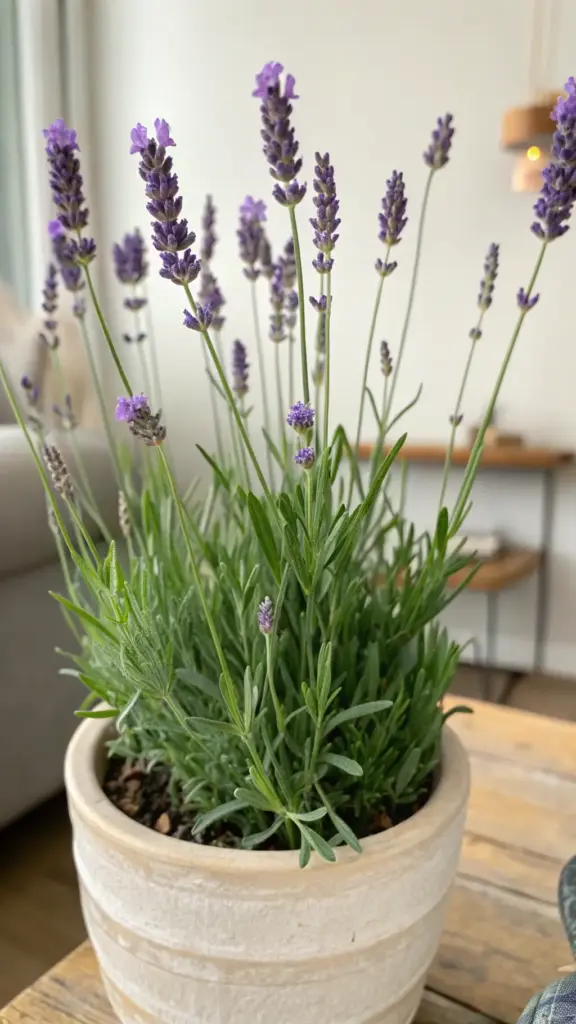
Let me tell you about my journey with lavender, one of the most versatile healing herbs you’ll ever encounter! I started growing lavender about 15 years ago, and I’ll never forget my first failed attempt – I nearly drowned those poor plants with too much love (and water). But those early mistakes taught me everything I know now about cultivating this amazing herb.
Growing Lavender: Indoor and Outdoor Success Tips
The secret to thriving lavender? It’s all about location and drainage. Your lavender plants will thank you for placing them in full sun with well-draining soil. I learned this the hard way after losing several plants to root rot. For indoor growing, choose a south-facing window and use a container with plenty of drainage holes.
Pro tip: Mix some sand or gravel into your potting soil – lavender absolutely loves this! I use a ratio of 1:1 regular potting soil to sand, and my plants have been flourishing ever since.
Natural Anxiety and Sleep Support
One of my favorite ways to use lavender is for promoting relaxation and better sleep. Studies have shown that lavender can reduce anxiety levels by up to 45% – pretty impressive, right? I keep a small sachet of dried lavender under my pillow, and it’s become an essential part of my bedtime routine.
DIY Beauty and Aromatherapy Applications
Here’s a simple recipe I swear by: Mix 2 tablespoons of dried lavender buds with 1 cup of unscented natural lotion. Let it infuse for 24 hours, strain, and voilà – you’ve got yourself a gorgeous lavender-infused moisturizer! For aromatherapy, I love adding 3-4 drops of lavender essential oil to my diffuser before yoga practice.
Harvesting and Drying Guide
The best time to harvest lavender is when the buds are just beginning to open. This is when the essential oil content is at its peak. Cut the stems in the morning after the dew has dried but before the heat of the day. Bundle them with rubber bands (they’ll shrink as they dry) and hang them upside down in a dark, dry place with good air circulation.
Creative Home Décor Ideas
My absolute favorite way to incorporate lavender into home décor is by creating dried lavender wreaths. They look stunning and fill your space with a gentle, calming aroma. I also keep small bouquets in vintage mason jars throughout my house – they add such a lovely French countryside touch!
Ready to learn about another amazing healing herb? Click the “next” button below to discover all about peppermint – trust me, you won’t believe how this refreshing herb can transform your digestive health and natural medicine cabinet! I’ll share my secret recipe for the most incredible peppermint tea blend you’ve ever tasted.
Remember: When it comes to lavender, less is more. Start small, and let your confidence grow along with your plants!
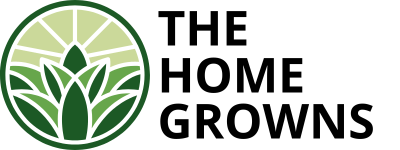

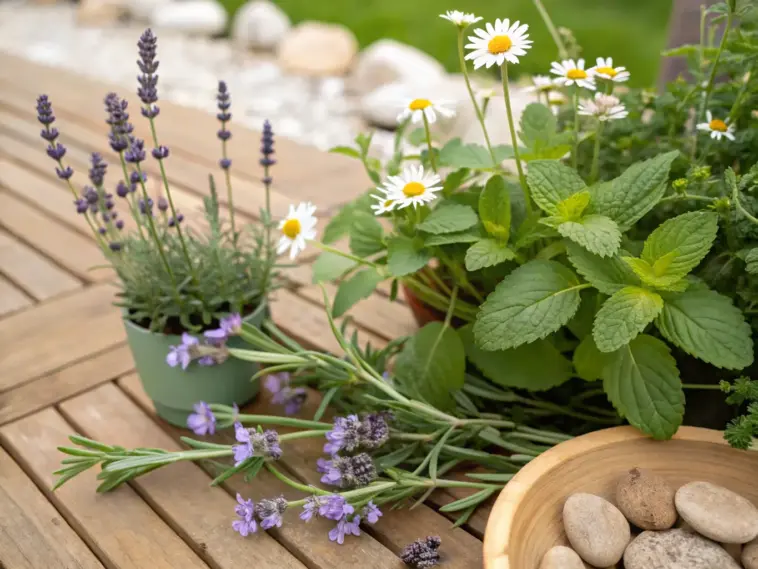





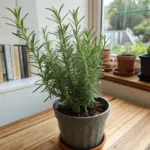
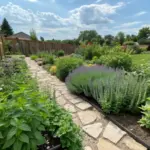
GIPHY App Key not set. Please check settings